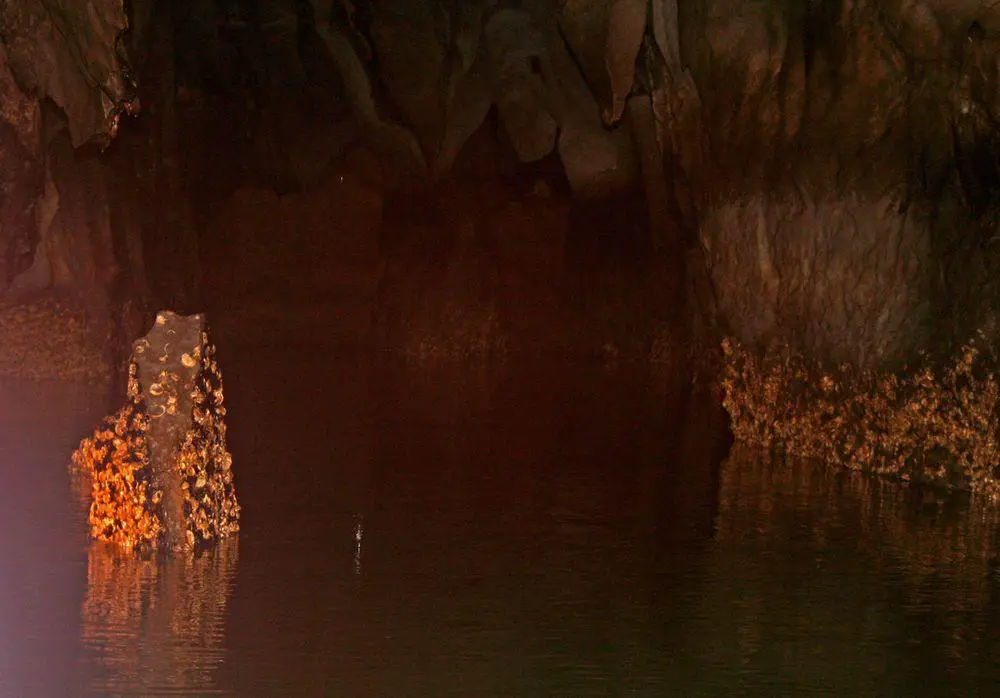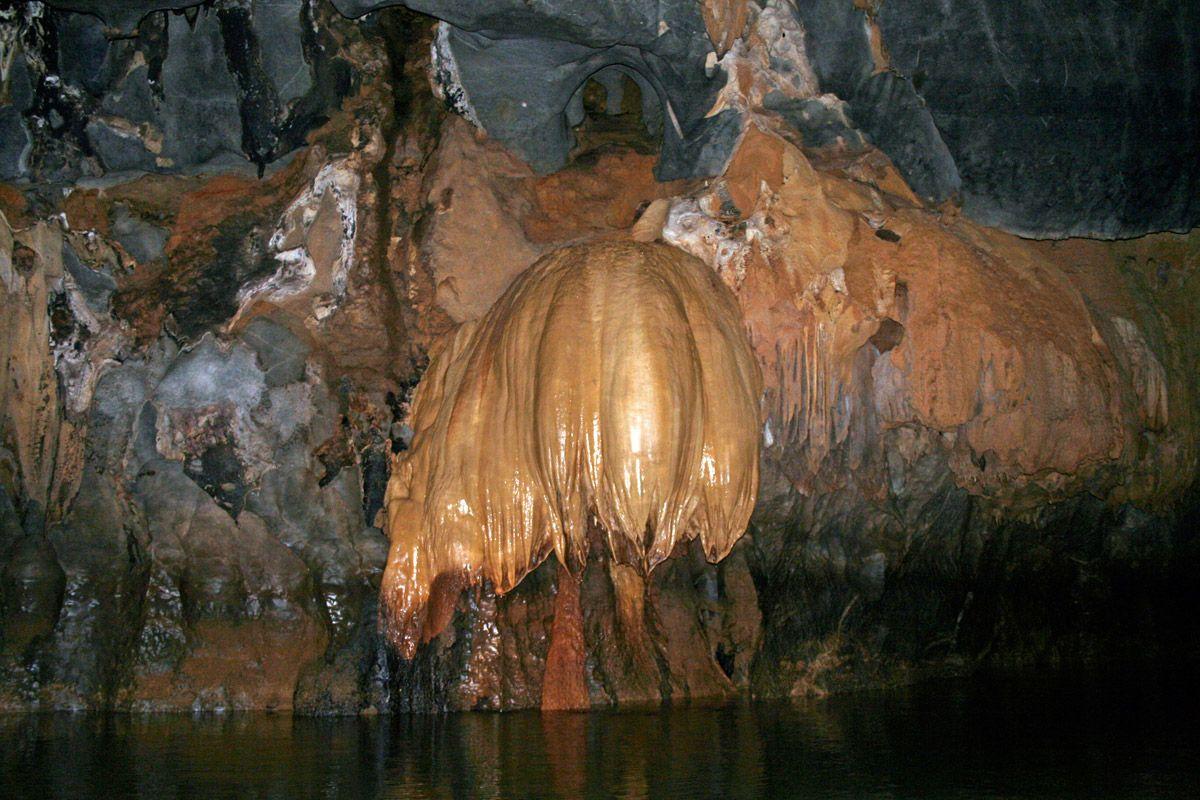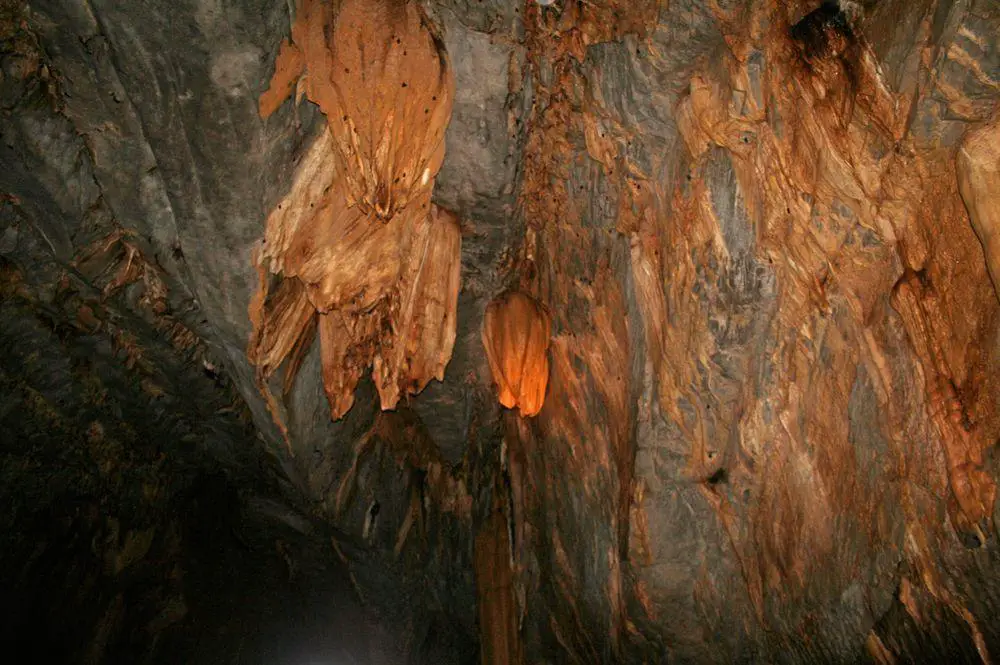World 🢖 Asia 🢖 Philippines
Caves 🢔 Geological wonders 🢔 Categories of wonders
Wonder
Puerto Princesa Subterranean River
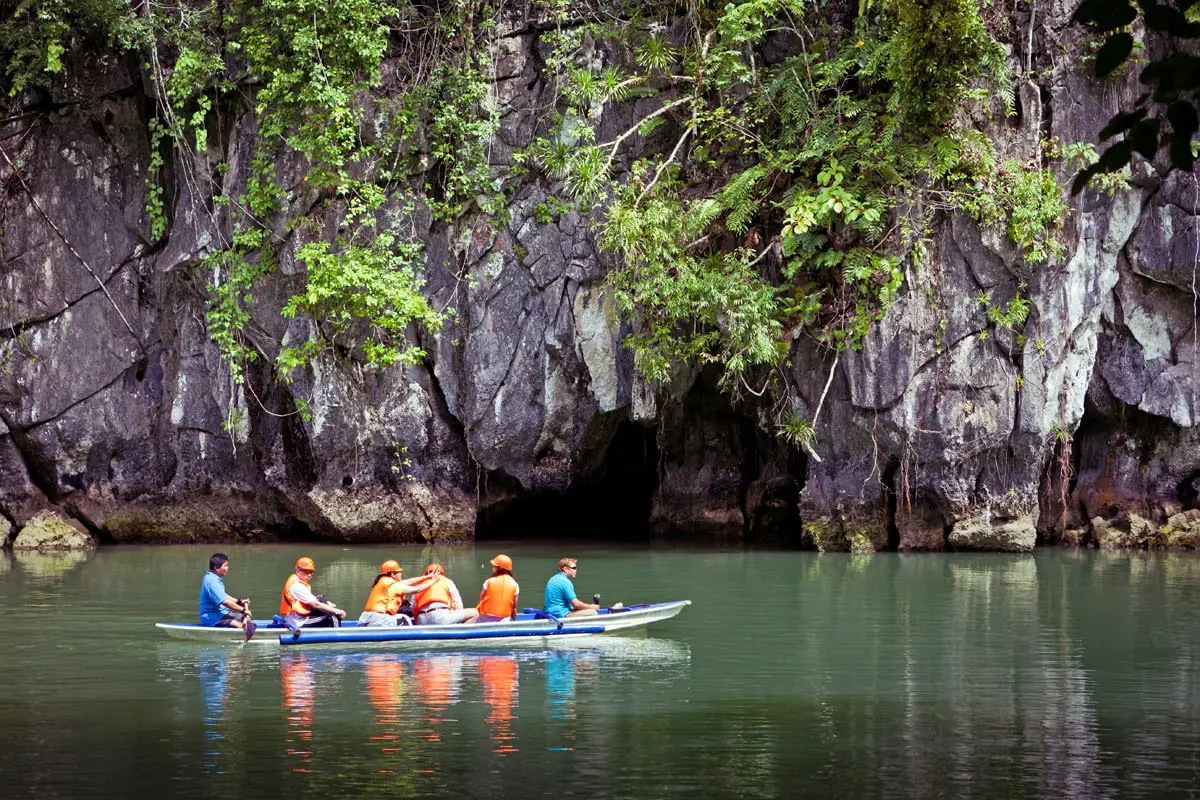
 In short
In short
There is no other habitat like this in the whole world – tides bring the salty sea water 6 km far into the enormous passages of Puerto Princesa Subterranean River. Passages of this giant underworld are more than 24 km long and here is located one of the largest cave halls in the world – Italian’s Chamber.
 52.3%
52.3%
GPS coordinates
Location, address
Length
Depth
UNESCO World Heritage status
Map of the site
If you see this after your page is loaded completely, leafletJS files are missing.
 In detail
In detail
Saint Paul Mountain Range
Palawan is a spectacular island – but the small (roughly 35 km²) Saint Paul Mountain Range might be the most spectacular place on this beautiful island. These mountains have been formed from a dark grey limestone, which has formed in the Late Oligocene – Early Miocene – some 16 – 20 million years ago. The highest summit is the 1,027 m tall Mount Saint Paul.
The thick layer of limestone is dissolved by the torrential rains, characteristic of the wet climate of western Palawan. Intense karst processes have created a dramatic landscape with countless sharp limestone pinnacles, domes, sinkholes, shafts, and – impressive caves.
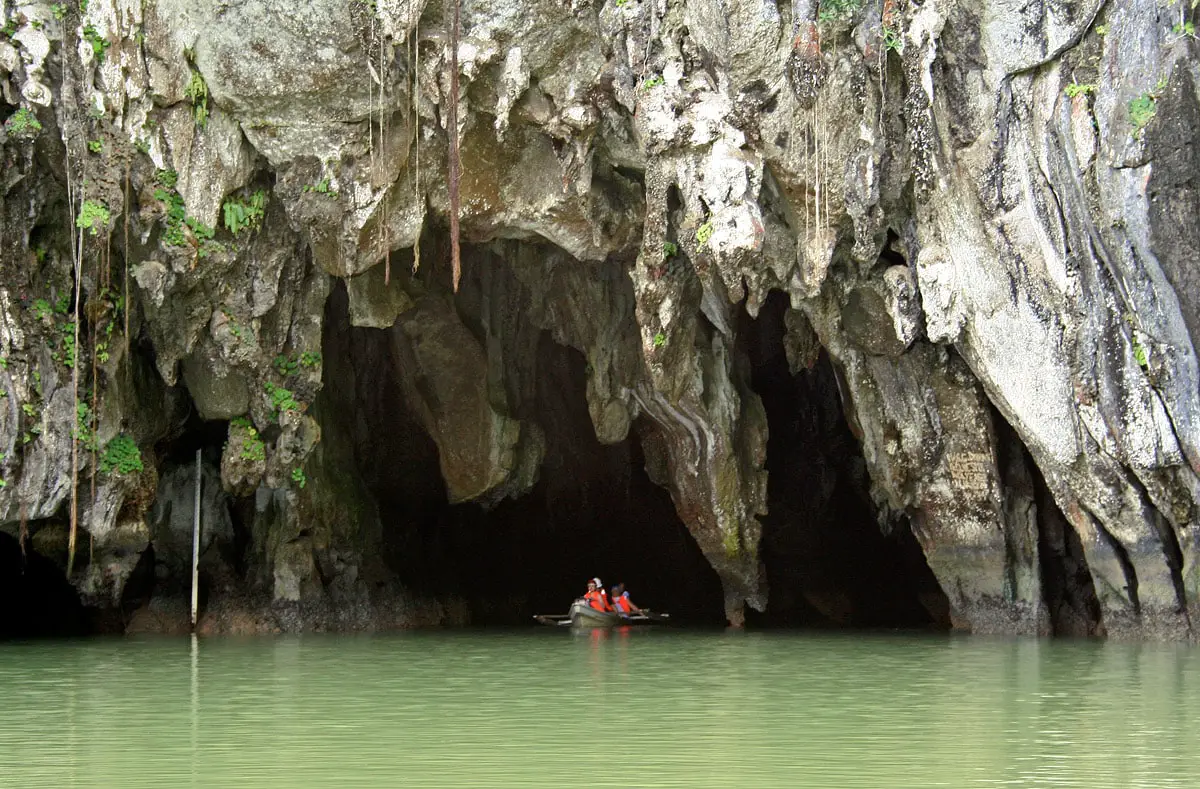
Discovery of the cave
Since the ancient times the local Batak people knew about the existance of large underground river in these rugged mountains. This river could be entered by… boats directly from the sea. Batak people believed that in the cave lives an evil spirit and were afraid to enter it.
In written sources the cave was first mentioned in 1887 by a scientist from the University of Michigan – Dean C. Worcester.
Intense research of the karst region in Saint Paul Mountains has taken place over the last decades by expeditions from Australia, Italy, Germany, some other countries and, of course, Philippines. Researchers have mapped more than 24 kilometres of passages in the cave and collected rich material of the unique cave fauna.
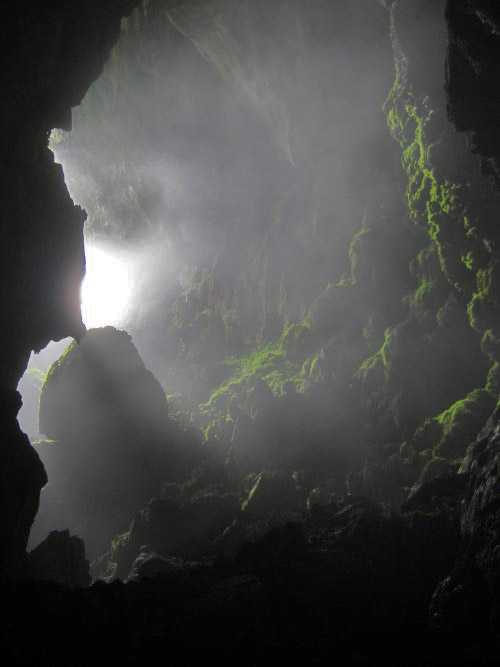
Description of the cave
Daylight Hole
As the small stream – Cabayugan River – reaches the limestone of Saint Paul massif, it disappears underground. In this place river is just 30 m above the sea level, although the sea is 6 km from here (direct line) and Saint Paul Mountains are in between.
The beginning of the cave – called Daylight Hole – is very impressive. It starts with 60 m high, 100 m wide entrance hall, which becomes narrower only after 200 m.
Underground river
Cabayugan river flows 8.2 km under the ground until it reaches the sea. The stream is rather slow and smooth, in spite of the dramatic mountains rising above it. The subterranean river passes the 1,027 m high Mount Saint Paul just a few hundred meters west from its summit.
River is up to 8 m deep and can be accessed with a boat 4.2 km far from the sea – it is the longest underground river in the world which can be travelled with a common boat.
Subterranean tides
The height of the tides in this region is approximately 1 m. This tide wave goes… 6 km deep in the cave!
As a result here has formed the largest known subterranean estuary in the world. This is a unique habitat with brackish water, rich with diverse creatures living in it. Ecological research of this biotope is ongoing (e.g. by Dr. Hendrik Freitag).
Italian’s Chamber
In 2007 – 2008 Italian speleologists from explorer’s group "La Venta" discovered in Puerto Princesa Subterranean cave one of the largest cave chambers in the world, which was named – Italian’s Chamber. This hall is 360 m long, up to 140 m wide, and 80 m high. The estimated volume of it is approximately 2.5 million m³.
Fossil passages
Besides the main, active passage with Cabyuagan River in it there are several more branches, which, for the most part, have formed in earlier times. The cave can be entered through several of these passages and during torrential rains here can form smaller cave streams – tributaries to Cabayugan River.
Tourism
Enormous cave which can be entered with a boat from the sea – this is a dream come true for the tourism industry. Authorities of Palawan and – whole Philippines – is promoting the beautiful Puerto Princesa Subterranean River.
Arrival to this rather remote area takes time and money. The best time to visit is January – May when the sea is calmer and the weather – sunnier.
Tourists, approaching the cave, first are amazed by the dramatic seaside cliffs which are covered with lush vegetation. Boats enter a smaller estuary and opens a sight to the cave.
Tourist boats are allowed 1.2 km deep in the cave. Amazed guests look at countless beautiful and enormous speleothems – stalactites, stalagmites and other formations.
Biodiversity
People did not develop intense agriculture in this rugged landscape – and as a result in Saint Paul Mountain Range has been preserved a patch of the pristine Palawan Moist Forest. This is one of the best preserved natural ecosystems not only in Palawan but also in the whole Philippines.
Forest is extremely rich with plant life and also – with animal life. Additional value is the rich cave fauna – in Puerto Princesa Subterranean Cave live many thousands of bats and swiftlets.
Besides the main cave here are known many other caves, some more than 1 km long. The 650 m long Nagbituka I Cave has 40 m high waterfall inside. In the sea discharge several more powerful submarine discharges.
National park
In 1971 here was established a national park – Puerto-Princesa Subterranean River National Park. In 1999 it was included in the UNESCO World Heritage List.
Park has core zone (5,753 ha), surrounded extensive (14 449 ha) buffer zone – total area is 20,202 ha. (3.)
References
- World Heritage Nomination – IUCN Technical Evaluation St. Paul Subterranean River National Park (Philippines).
- Antonio de Vivo, Leonardo Piccini, Marco Mecchia, Recent Explorations in the St. Paul Karst (Palawan, Phillipines). Proceedings of XV International Congress of Speleology, Kerville, Texas, USA.
- Puerto-Princesa Subterranean River National Park, Philippines, The Encyclopedia of Earth.
 Linked articles
Linked articles
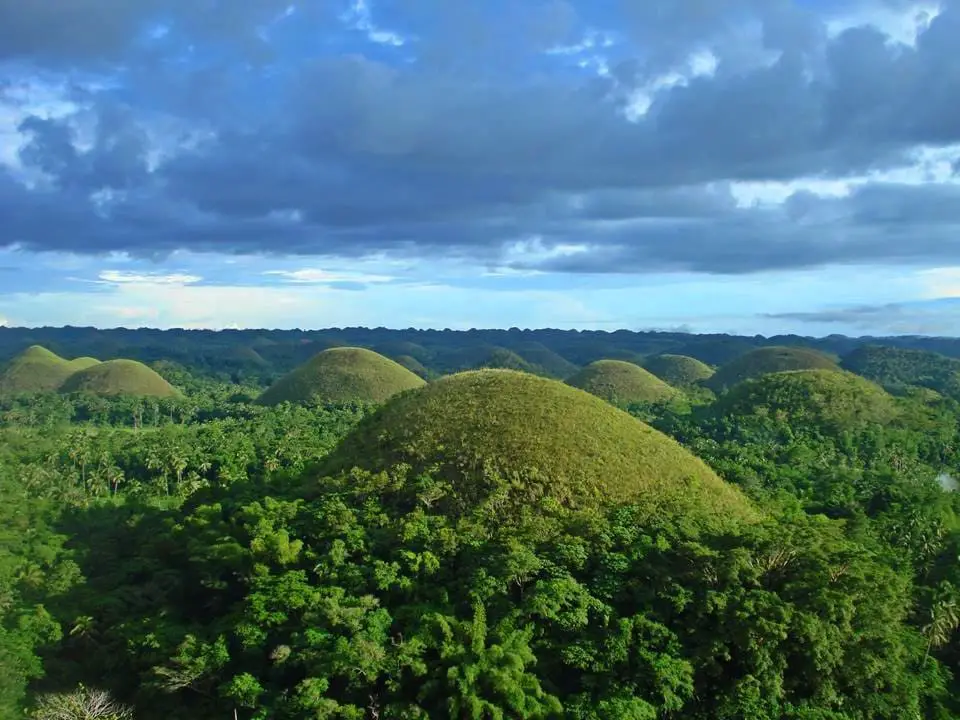
Wonders of Philippines
The charming Philippines in many respects represent the true Southern tropical paradise. This archipelago consists of thousands of diverse islands and the wealth and diversity of the countless landmarks here are hard to grasp.
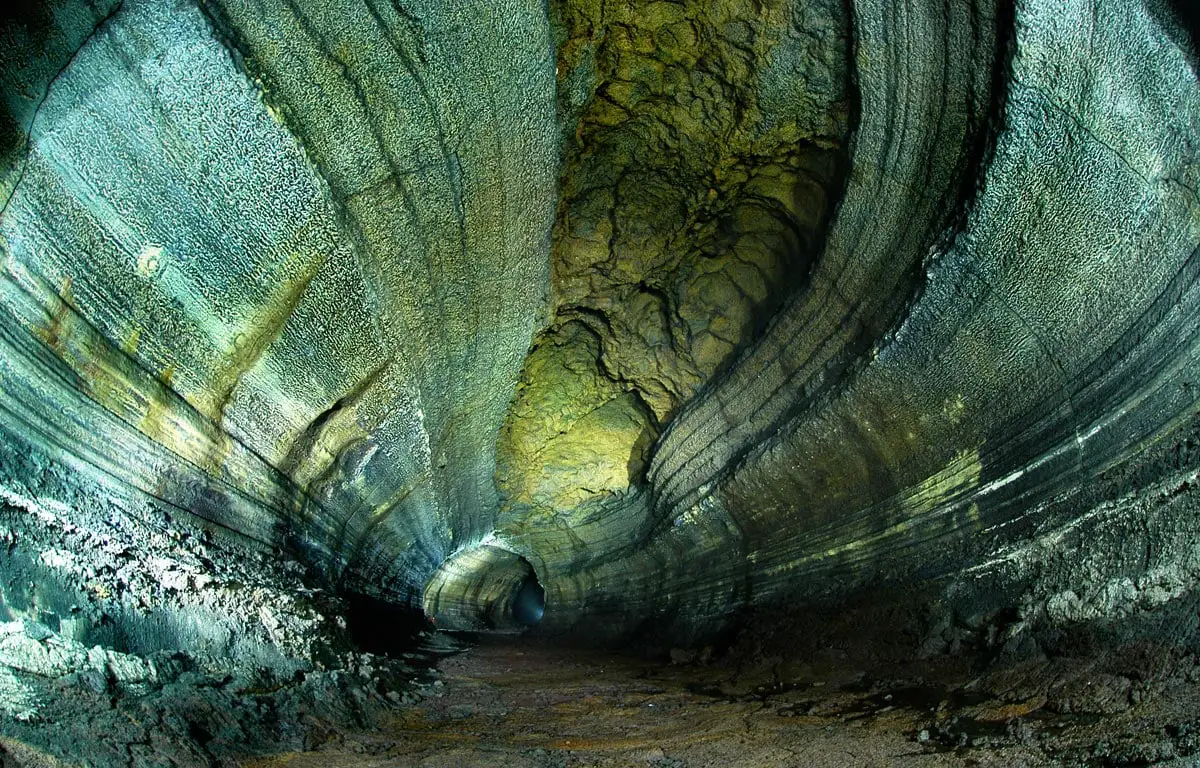
Caves
Every year there are reported exciting discoveries of new caves and discoveries of new qualities such as cave paintings in the ones known before. But there still is a feeling that our knowledge covers just a small part of all these monuments of nature.
Though, those which are known to us, offer a surprising diversity of unusual features and impressive sights.
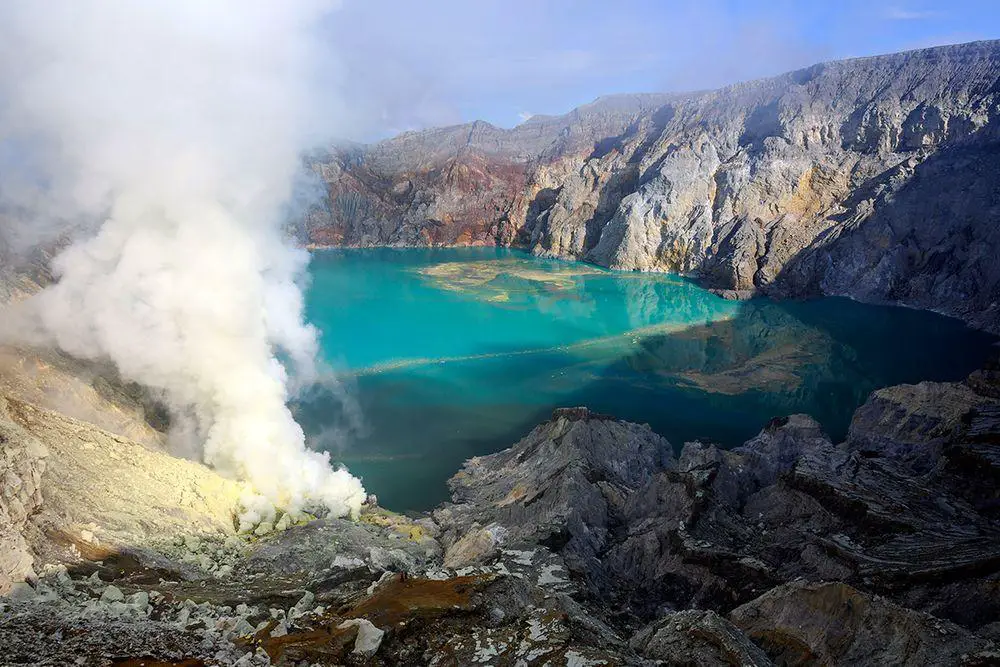
Lakes and streams
There are many factors that can make lakes, sea bays, or rivers unusual. Some lakes have unusual chemical properties and even do not contain water at all – such as lava lakes. Others may have unusual animals living in them or… legends about such animals.
 Recommended books
Recommended books
Palawan Islands of Philippine
Palawan islands are some of the beautiful island areas on earth and provide one of the most majestic and beautiful places for a person to visit. With 1,200 miles of coastline and 1,780 islands and small islets, there is literally a plethora of great places to visit and spend your vacation.
Palawan’s Mysterious Underground River
The mysterious Underground River has been a source of fascination ever since the indigenous Batak peoples of Palawan first discovered it, though they were afraid to enter the cavern, believing that an evil spirit lived inside. Today, thousands of tourists a month venture into the enigmatic depths of one of the longest subterranean rivers in the world, viewing with amazement the awesome geological marvel that recently topped the list of “The New Seven Wonders of Nature.”

